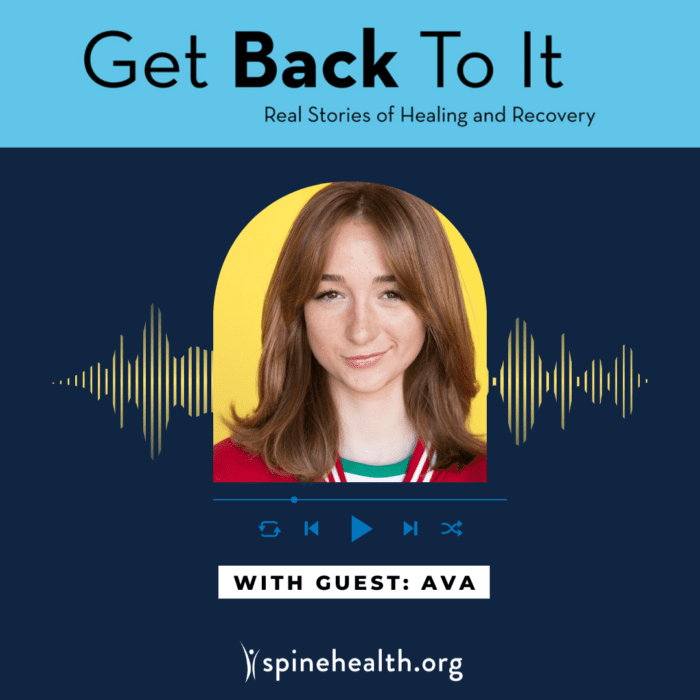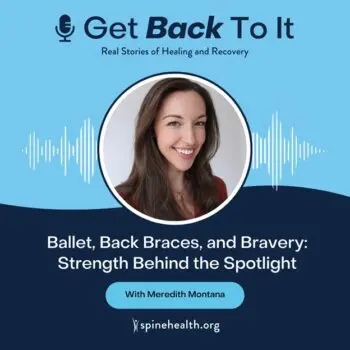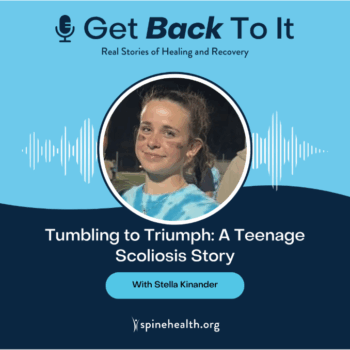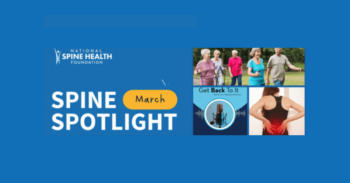In this episode of the “Get Back To It Podcast” host Rita Roy, spoke with Ava, a remarkable 17-year-old spinal champion and dedicated Girl Scout. Diagnosed with scoliosis at her annual check-up four years ago, Ava’s parents sought non-invasive approaches to improve her condition and avoid surgery. Tune in as we explore Ava’s challenging journey, including her 3.5-year experience wearing a back brace. Prepare to be inspired as Ava’s story unfolds on the path to improved spinal health.
Ava has created a YouTube series called “Embrace the Brace with Ava” with tips and advice for teens who have Scoliosis. We hope you will check out her channel here: https://www.youtube.com/channel/UChGKOE2e8DYyj-XKnnqdTHQ?app=desktop



